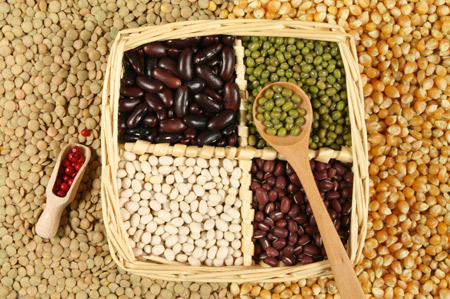 (Reuters) – With new crop soybean futures having already slumped more than $1.50 a bushel from their 2014 highs to trade under the $11.00 level for this first time in close to a year, some traders view the soybean market as being close to a bottom.
(Reuters) – With new crop soybean futures having already slumped more than $1.50 a bushel from their 2014 highs to trade under the $11.00 level for this first time in close to a year, some traders view the soybean market as being close to a bottom.
But as cheap as U.S. soybean futures prices may seem following their roughly 15 percent drop in less than two months, they remain at an unusually large premium to the futures price of rapeseed – the second most produced and consumed oilseed in the world – and so may have further work to do to secure more widespread oilseed consumer appeal.
In addition, cash soybean prices in the top U.S. growing state of Iowa are still more than 20 percent above those on offer in Brazil’s top growing state of Mato Grosso, which should ensure that large physical soybean purchasers continue to favor South, rather than North, American suppliers.
So while soybean bulls may still be licking their wounds following the recent rout, prices may drop further before any meaningful uptick in demand is seen.
OUTSIZED OUTPUT GROWTH
Soybeans are far and away the most produced, consumed and traded oilseed on the planet, but there has been strong growth lately in the production of alternative oilseeds such as rapeseed, cottonseed, peanuts and palm kernel seeds.
Indeed, world output of rapeseeds, peanuts, sunflower seeds and palm kernel seeds all posted record highs in the 2013/14 crop year just as global soybean output also hit a record.
The end result in 2013/14 was a combined oilseed output figure that topped 500 million tonnes for the first time, and marked a nearly 30 percent increase on decade-earlier levels. Production projections for 2014/15 are for a 520 million tonne haul, with soybeans making up roughly 60 percent of that total, rapeseed accounting for roughly 14 percent, and all other oilseeds contributing to the remainder.
Total oilseed consumption has also grown by around 30 percent over the past 10 years, but has yet to top the 500 million tonne mark, peaking at 485 million tonnes last year and projected to hit 499 million tonnes in 2014/15.
Again, soybeans represent the majority share, accounting for around 56 percent of overall oilseed demand, compared with about 14 percent for rapeseed and around 30 percent for the remainder.




